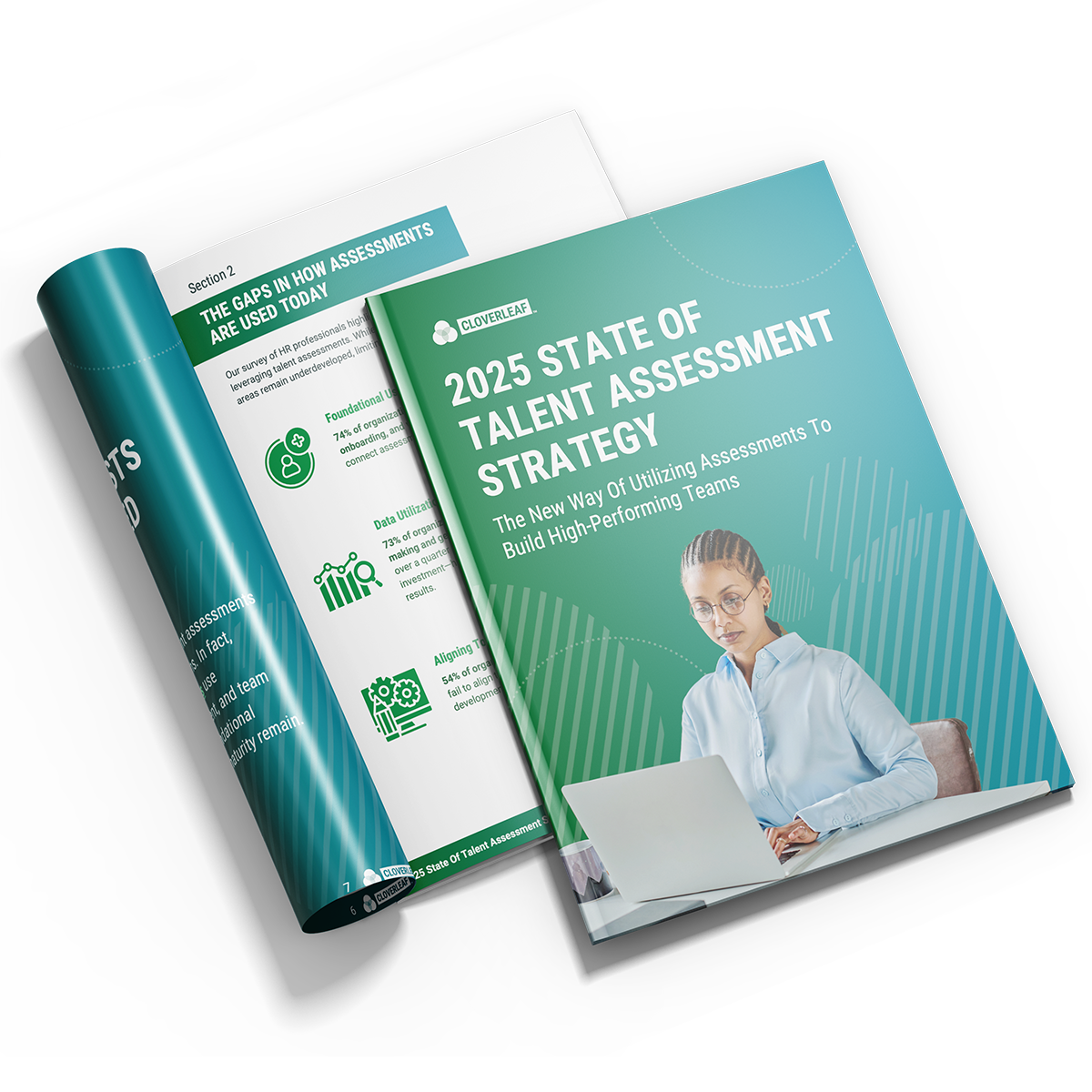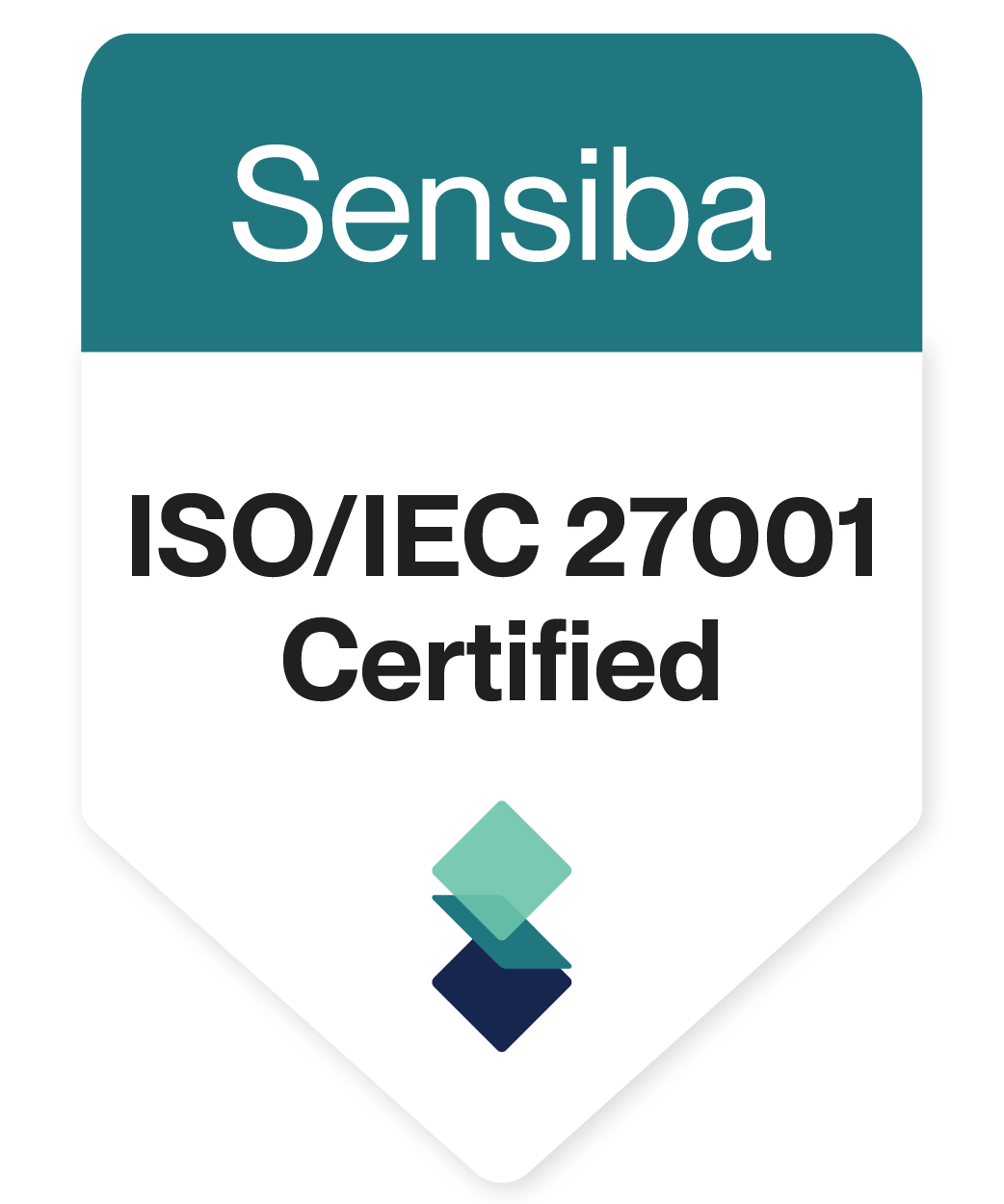Understand Your Energy Rhythm Results To Unleash Your Full Potential
By taking assessments and gaining access to actionable insights on your results, you will increase your self-awareness and learn how to work together as a team more effectively.
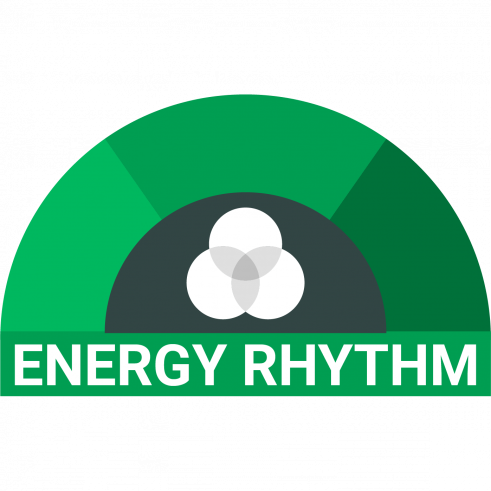
HOW Can Energy rhythm and
CLOVERLEAF HELP YOU?
The standard assessment model is broken. On average, companies spend between $30-100 per employee to take a one-time assessment like the energy rhythm and have a single debrief or workshop. After a few weeks, those results are left in a drawer, employees forget the “takeaways”, and companies see no ROI.
With Cloverleaf, assessment data comes alive. After taking the energy rhythm assessment, Cloverleaf uses the results to integrate relevant, bite-sized coaching content into tools teams use daily (email, calendar, MS Teams) to reinforce personal development & teamwork by serving up actionable insights within the flow of work.
A chronotype quiz helps you understand the biological clock that controls your body’s rhythms. Your Chronotype may be why you feel grumpy in the morning or at your best at 5 am. It may be why you feel exhausted in the evening or focused by 8 pm. This genetic, biological clock affects more than your sleep pattern. It affects when your optimal times to work, perform, eat, plan, exercise, and more.
Start a trial to experience Cloverleaf. You’ll gain immediate access to your Cloverleaf dashboard to receive:
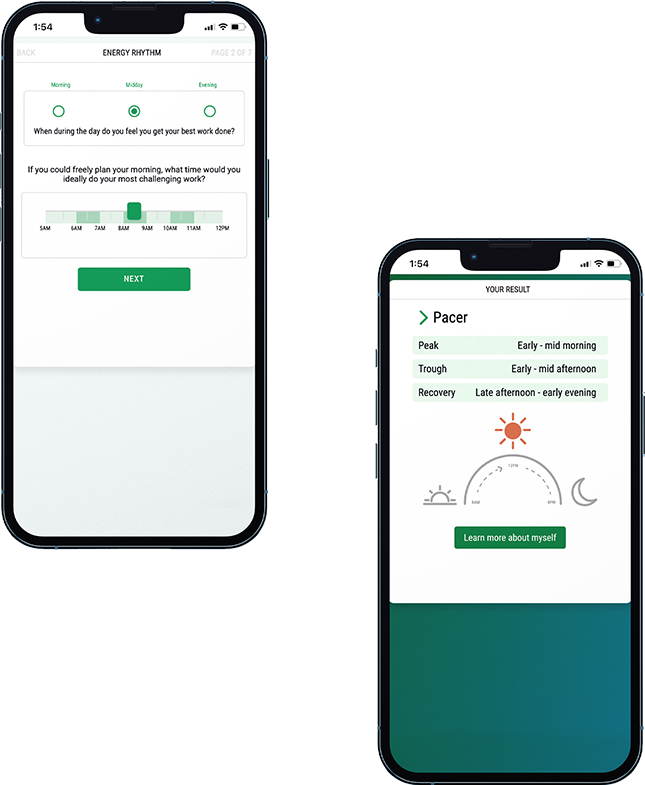
Customized Coaching Network
Choose who you get tips about to ensure coaching is perfectly customized to your needs
Functional Integrations
Get your coaching tips where they make the most sense for your flow of work. Cloverleaf integrates with your calendar, email, MS Teams, Slack, and Google Workplace
Team Dashboard
Add your coworkers and build a team to get a visual map of your organization's different personalities and work styles to help build a more cohesive team
Additional Assessments
Get free trial access to Enneagram, 16 Types, and DISC assessments. Want to dive in even further? Start a subscription to access more assessments like Energy Rhythm.
Download Our 2025 Assessment report
The 2025 State of Talent Assessment Strategy draws on insights from 155 talent leaders to shed light on the critical gaps organizations face and reveal how to transform assessments into personalized, scalable tools that drive measurable business results.
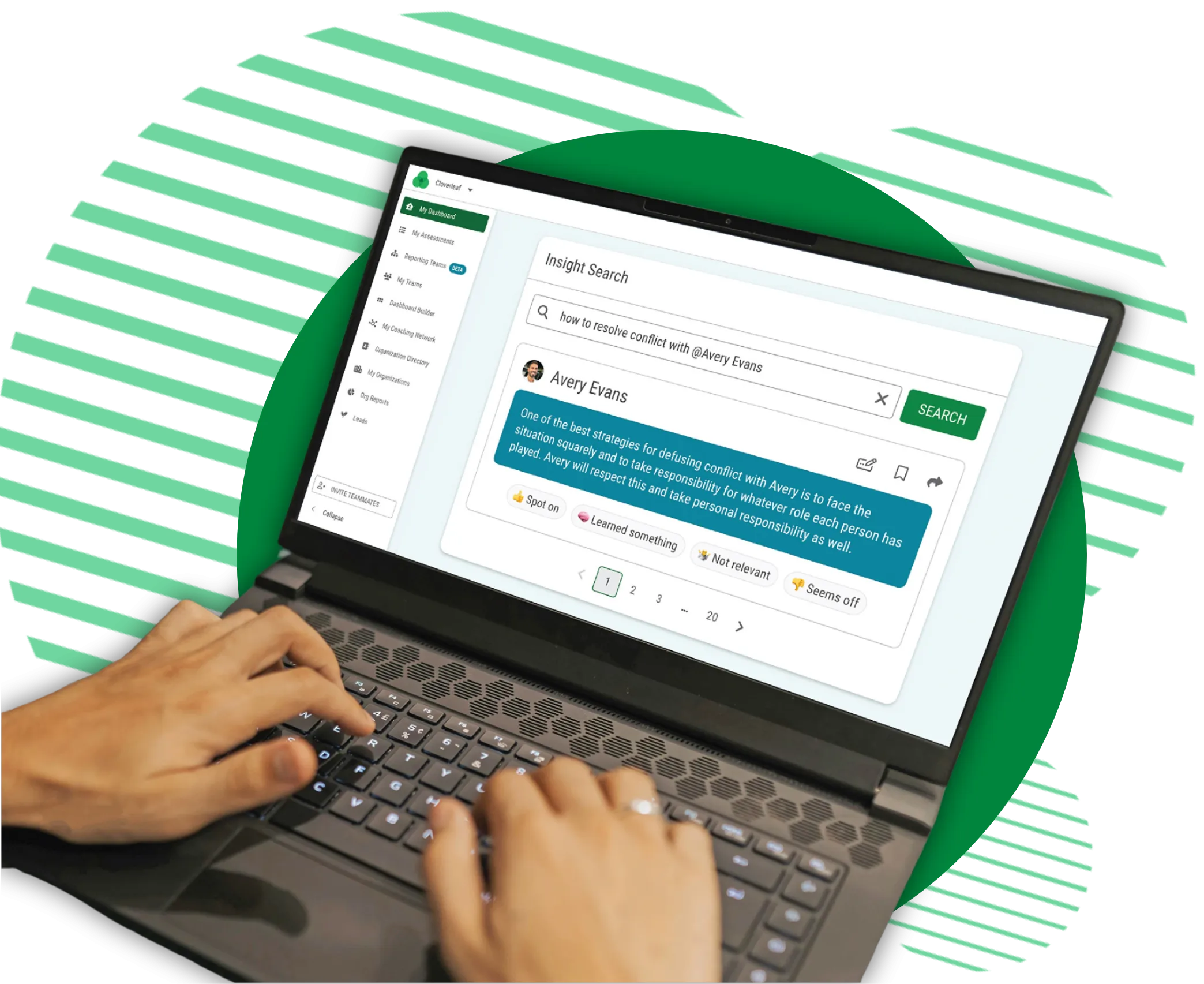
faq
The Energy Rhythm assessment brings awareness to an individual’s patterns of focus and energy. This insight helps illuminate what times of day they feel most alert and what types of tasks they do best during certain times of the day.
Assessment-driven coaching helps team members adapt their leadership, communication, and behavior in real-time. The powerful insights help teams uncover and leverage employee strengths and potential. Individuals can see how diverse or similar their team is and how they complement one another. Increasing self-awareness among your team builds trust and empathy, empowering employees to bring their whole selves to work.
Click here to learn how Cloverleaf can help your team thrive.
We combine the data from popular assessments to create a profile on individual users on a team. These profiles help provide actionable and insightful coaching prompts that are delivered in workplace tools you love, like Google, Workplace, Outlook, Microsoft Teams, Slack, and calendar integrations.
Automated Coaching™ delivers relevant insight and prompting in the workplace tools people use every day. Individuals can directly apply this perspective to increase emotional intelligence, strengthen communication, identify opportunities for collaboration, and work through conflict successfully with teammates.



